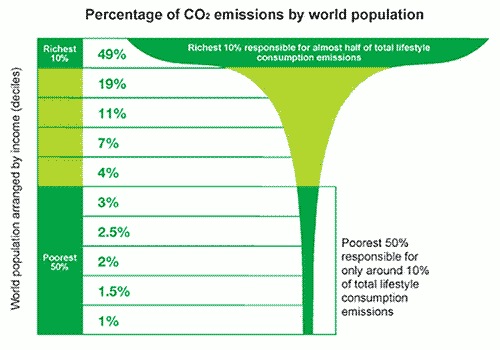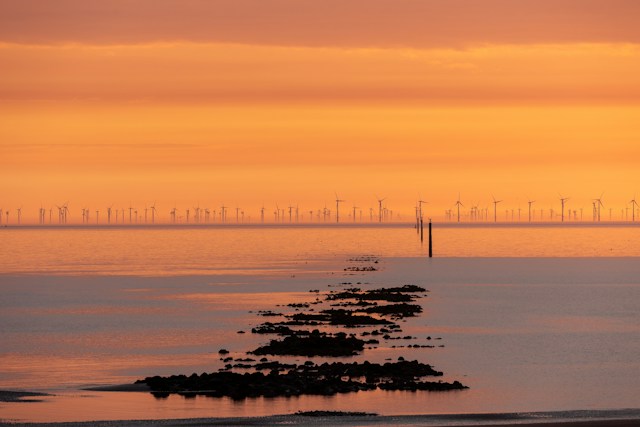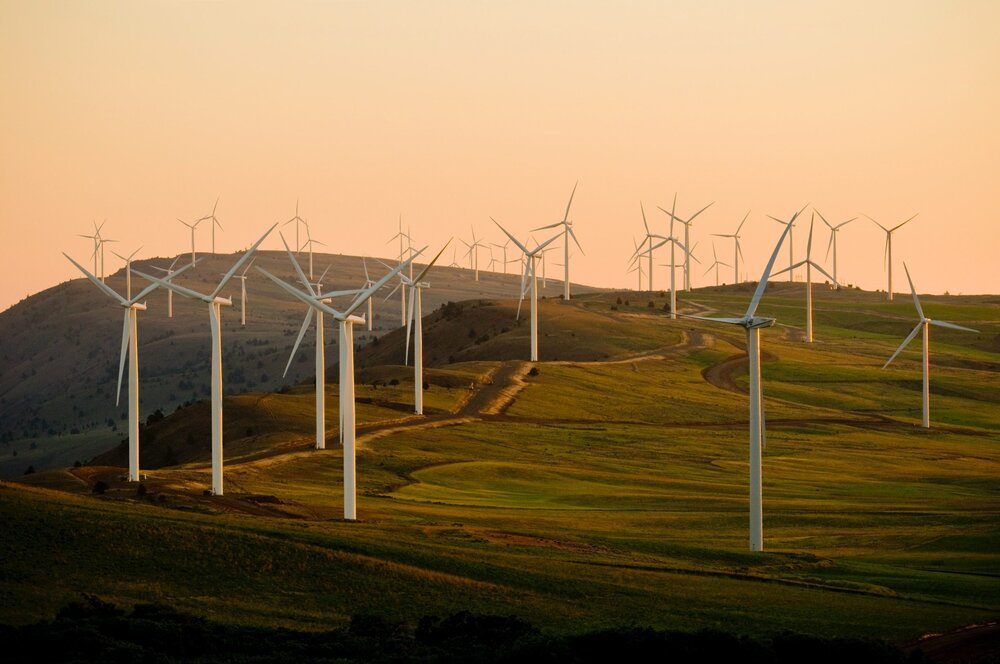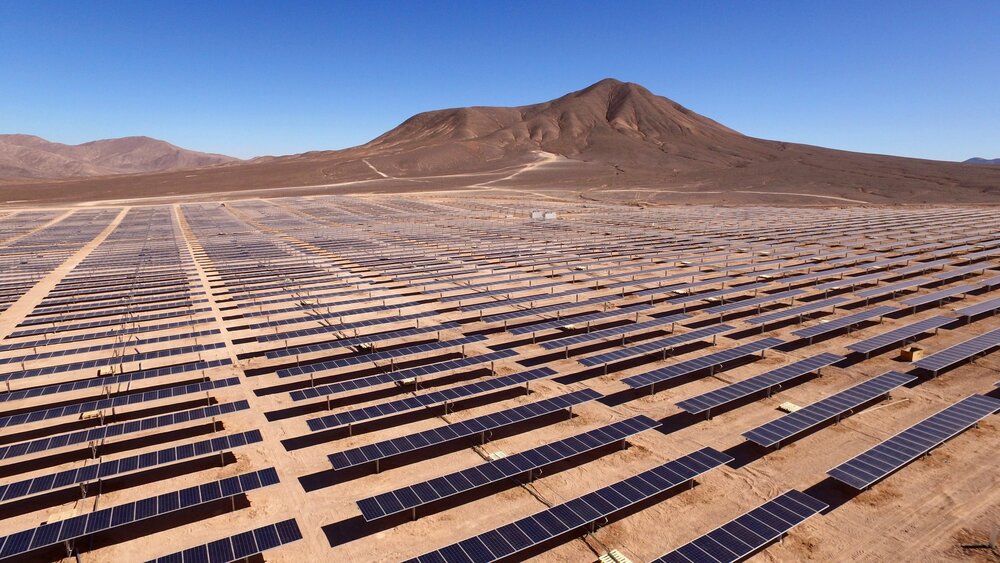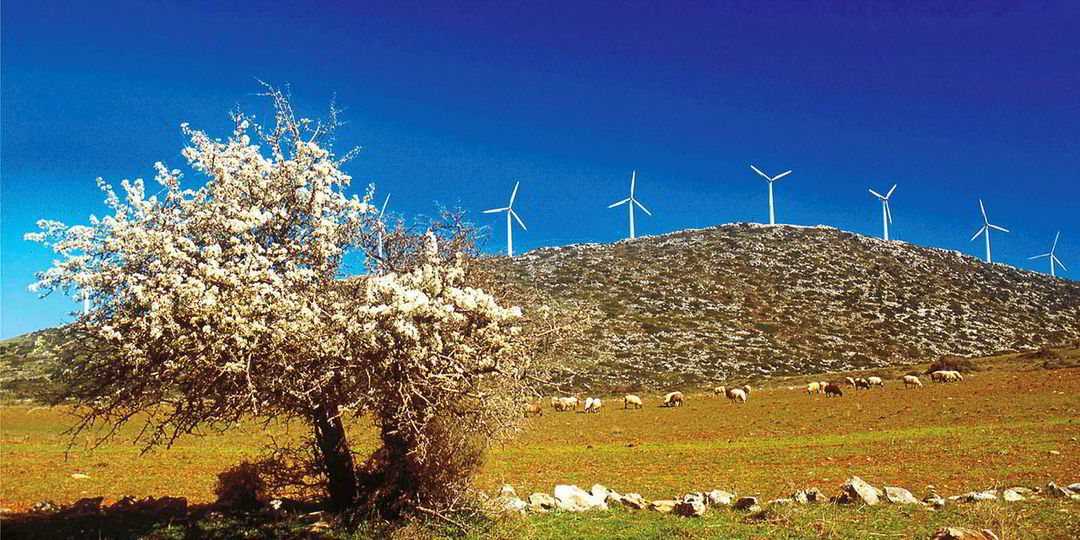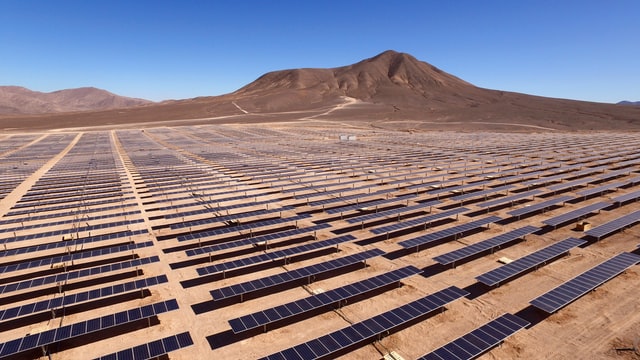Editor’s note: Contrary to what mainstream environmental organizations assert, so-called “renewable” energy is NOT a solution to the ecological crisis we are facing. It would require a tremendous amount of energy to mine materials; transport and transform them through industrial processes like smelting; turn them into solar panels, wind turbines, batteries, vehicles, infrastructure, and industrial machinery plus installation and maintenance. This is all done using the same systems of power which is currently used for conventional fossil fuels. The resulting emissions from these process will only add to the business as usual emissions. While the wind and sun may be “renewable,” the turbines, solar panels, the raw materials that go into making them, and the lands and oceans they impact certainly are not. They require tons of carbon emissions to produce so they are not carbon free and not green. Calling them “green” is greenwashing. The proposed mass adoption of “renewable” energy on a hitherto undreamed of scale has made the issue of energy (power) density extremely important . In its simplest terms, power density can be understood as: ‘how big does my power station have to be, in order to generate the power I want?’ The most useful metric is the land (or sea) area that will be used up. Here, we encounter the most easily understood, and the most insoluble of “renewable” energy’s problems. Compared to fossil fuel, it’s power density is very very low. Thus, they require larger areas of land to produce. This land is someone’s home, someone’s sacred site, someone’s source of food, water and air. We just don’t hear about them, because they are the wild beings, the nonhumans treated as disposables by civilization. The humans that inhabit the land are indigenous peoples who are yet to be fully assimilated into the industrial culture. Here, we can see colonialism and extractive economics come together. The following article describes the plans for different “renewable” energy plants in California and Nevada. The article also demonstrates how the plans for big “renewables” actively reinforce the existing structures of power, with the energy companies lobbying to disincentivize decentralized and community-controlled rooftop solars in favor of big projects that are destroying the neighbors.
...

